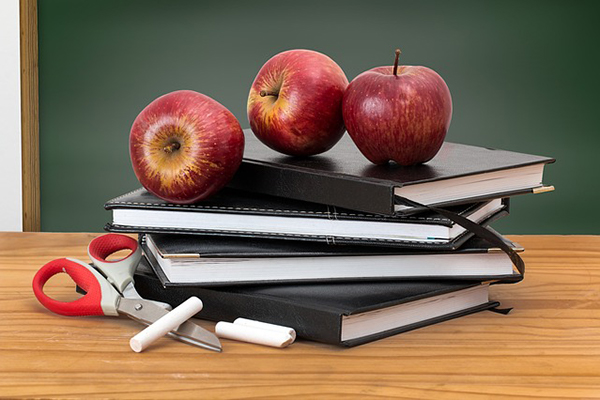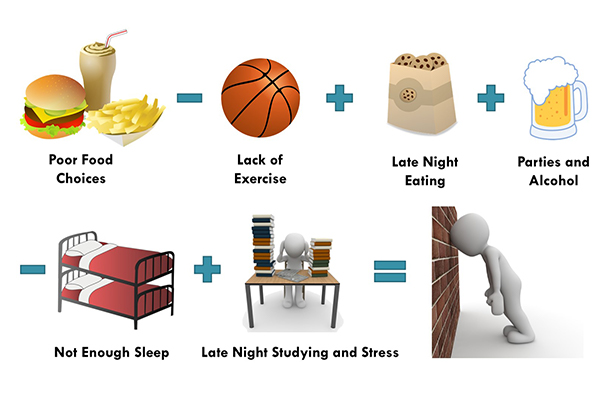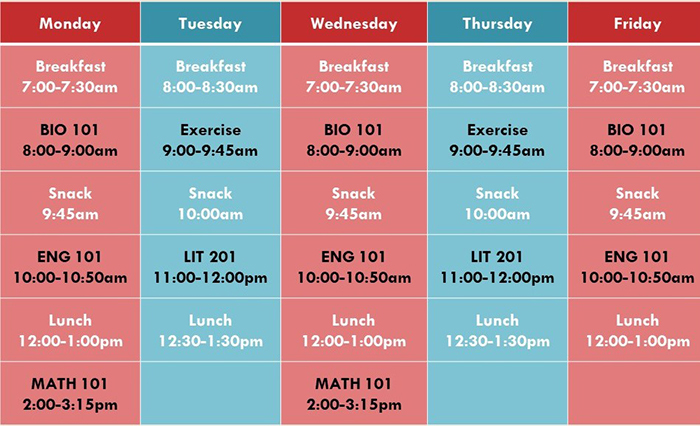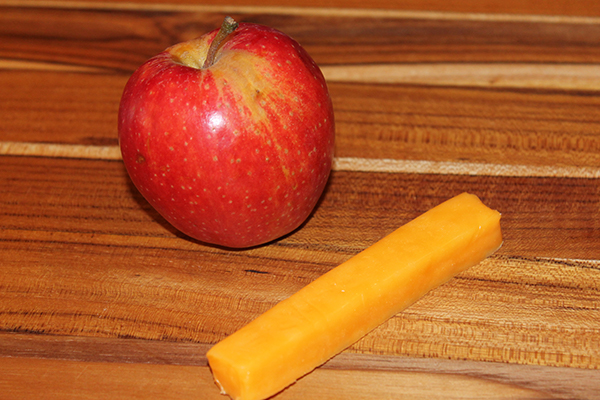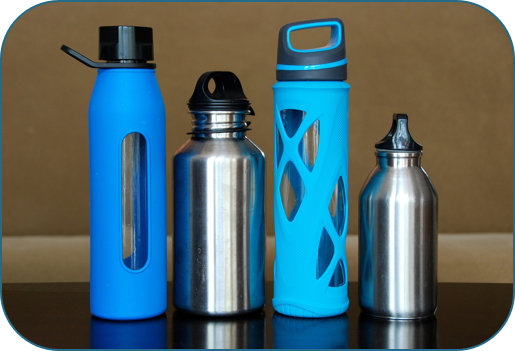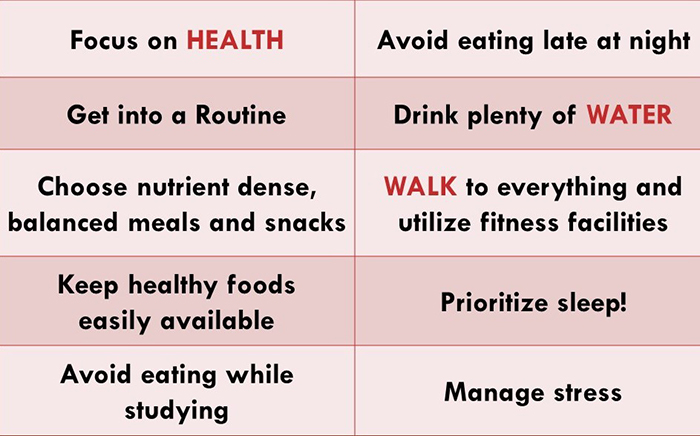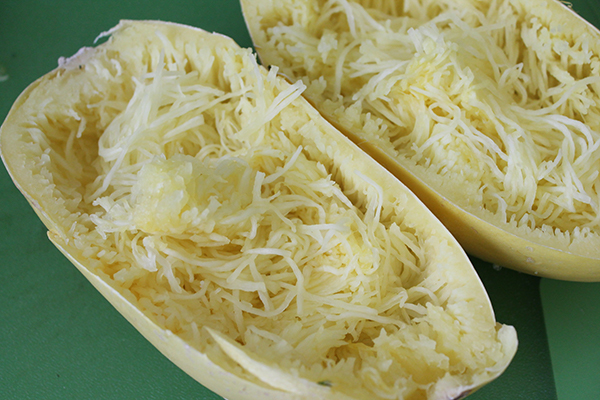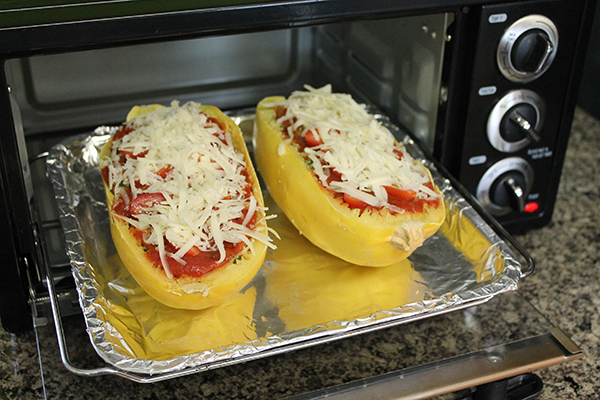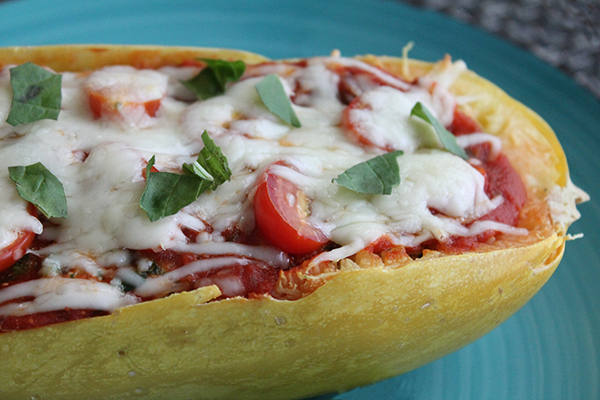What comes to mind when you think of college living? Pulling an all-nighter in the library with a bag of chips and an energy drink? Late night pizza runs? Partying until the wee hours of the morning on any given night of the week? Living off cheap and easy microwavable food?
While some of these stereotypes may be true to an extent, living healthy in college is not an oxymoron! Whether you’re anticipating going to college in a couple years, just starting college or about to graduate, follow this formula to help optimize your WHOLE self- mind, body and soul.
Living healthy in #college is not an oxymoron! Follow this formula to help optimize your WHOLE self- mind, body and soul #saslife Click To Tweet1. Focus on HEALTH
Don’t hyper-focus on weight and value yourself enough to prioritize your health and well-being. Make the majority of lifestyle choices because they will fuel your body well and make you stronger and healthier. And don’t worry so much about the scale!
2. Get into a Routine
The first few weeks of each semester are chaotic and overwhelming, but once you get used to your class schedule it’s important to find an eating and exercise routine that works for you.
Eating regularly will ensure you have the energy you need to last all day. Food is the fuel your brain needs to help you think so make time to eat nutritious foods!
Look at the week ahead and schedule convenient times that you’re free between classes to eat as well as make it to the gym. Your schedule likely varies from day to day, so create a routine for each day to help prevent skipping meals, eating on the run or not exercising.
3. Choose Nutrient Dense Meals and Snacks
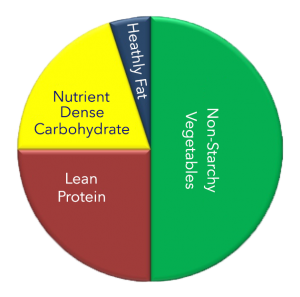 When choosing what to eat, it’s important to focus on the quality as well as the combination of foods. First, opt for minimally processed, nutrient dense foods as often as possible (think brown rice, steel cut oats, fruits, vegetables, avocado, eggs, chicken and other items without a food label). Then, properly anchor all feedings by including adequate protein and healthy fat. Use this plate as a visual to help with meal planning. Eating in this manner will provide long-lasting, sustainable energy.
When choosing what to eat, it’s important to focus on the quality as well as the combination of foods. First, opt for minimally processed, nutrient dense foods as often as possible (think brown rice, steel cut oats, fruits, vegetables, avocado, eggs, chicken and other items without a food label). Then, properly anchor all feedings by including adequate protein and healthy fat. Use this plate as a visual to help with meal planning. Eating in this manner will provide long-lasting, sustainable energy.
Need a few ideas? Check out these quick and easy recipes that you could either make in your dorm room or apartment or put together at the dining hall.
Breakfast
- Breakfast burritos (make in a large batch and freeze to reheat later)
- Make ahead steel cut oats with almond butter (you can also cook the oats in the microwave)
- Plain Greek yogurt with berries and nuts
- Fresh fruit with boiled eggs
Lunch or Dinner
- Big salad with grilled chicken, sliced avocado and blueberries
- Canned chicken or tuna with whole wheat cracker and carrot sticks (mix in condiment packets of mustard or mayo to make chicken or tuna salad)
- Quesadilla filled with whatever you have in the fridge (leftover cooked chicken, beef or turkey; beans; cheese; etc.) with steamed veggies (frozen veggies work great!)
- Spaghetti squash pizza boats (all you need is a microwave and a toaster oven, check out the recipe below - or try some of these other toaster oven recipes)
On-the-Go Snacks
- Homemade trail mix (your favorite combination of nuts, seeds, dried fruit, popcorn, etc.)
- Half of a sandwich
- Roasted chickpeas or edamame
- Fruit and a cheese stick
- Store-bought snacks with simple ingredients
4. Keep Healthy Foods Easily Available
Planning ahead and surrounding yourself with nutritious foods is key to staying healthy. If you buy lots of high sugar, processed foods, you will eat them! Instead, stock up on nutritious whole foods and keep them in easy to see and reach places.
Use a calendar or app to write out menus for the week.
- If you’re living on-campus, look ahead and see what options will be available at the dining hall so you can have a game plane before walking in.
- If you’re living off-campus and no longer rely on a meal plan, this may be the first time you’ve had to think about what’s for dinner. The sooner you start getting into a routine of meal planning, the better!
5. Avoid Eating While Studying
Munching on snacks while studying is an example of mindless eating which means you’re not focused on the food you’re consuming. In this scenario, you could easily eat your way through an entire bag of chips without even realizing it.
Instead, if you are truly hungry (and not just eating because you’re tired or stressed), take a 5-10 minute energy break and fuel up with a portioned nutrient dense snack. Refer to the list of snacks above for ideas on what to eat.
6. Avoid Eating Late at Night
Try to avoid the late-night energy drinks and pizza or ice cream runs because food consumed too close to bedtime can negatively impact sleep.
Caffeine + Late-Night Study Sessions + Junk Food = NOT a Good Combination!
Stop eating and drinking (other than water) about 2-3 hours before bedtime. This means if you are truly hungry (again, actual physical hunger and not just eating because you’re tired or stressed) around 10pm and will be up until 1am, then have a nutrient dense snack (but only if you really need it).
7. Drink Plenty of Water
Proper hydration is vital for healthy skin and organs. Carry a water bottle with you wherever you go so you can drink water throughout the day. If you wait to drink until you’re thirsty, you’re already partially dehydrated. Limit or avoid sweetened and artificially sweetened beverages as well as alcohol.
8. WALK to Everything and Utilize Fitness Facilities
Along with good nutrition, being physically active is another key factor to staying healthy. Make exercise fun by walking or biking to class instead of taking the bus, finding a workout buddy for accountability and motivation or trying a club or intramural sport.
Most schools offer free access to a pool, gym, weight facilities, tracks and/or group fitness classes. Check out what your school offers and if you live in an apartment and can’t get to campus as easily, see what fitness facilities are in your complex.
No time to exercise? Break your workout into 10-30 minute increments and spread them throughout the day. Nobody said you had to do it all at one time!
9. Prioritize Sleep
Lack of sleep can affect hormone levels that control appetite, cravings and metabolism. Aim for 7-9 hours of quality sleep every night. Sadly, you can’t make up from a lack of sleep during the week by sleeping in until noon on Saturday and Sunday so be conscious to get the zzz’s you need every night.
10. Manage Stress
With the pressure to get good grades and be competitive in the work force after graduation, stress levels often sky rocket in college. Chronic stress can negatively impact your overall health and, like sleep, can also affect hormones that control appetite, cravings and metabolism.
Rewrite your relationship with stress today! Incorporate stress management techniques into your daily routine (write them down in your daily planner along with food and exercise if that helps).
- Try guided meditation apps like Insight Timer, Headspace or 10% Happier.
- Practice deep breathing.
- Activate positivity by keeping a daily gratitude list, laughing more, rolling with the punches, and carving out time to hang out with friends.
Key Take-Aways
From dorm room to apartment to graduation and beyond, incorporating healthy habits in college can lead to a lifetime of well-being. There will always be twists and turns and nobody is perfect, so take things one day at a time and do the best you can. There’s no grading system for life 😊
Spaghetti Squash Pizza Boats
Recipe Adapted From Toaster Oven Love
Makes 2 Servings
This recipe is perfect for a dorm room or apartment because all you need is a microwave and toaster oven and a few easy ingredients. Check out Meals Made Easy: Toaster Oven Recipes for more toaster oven meal ideas!
Ingredients
1 medium spaghetti squash (about 32oz)
¼ tsp sea salt
⅛ tsp black pepper
½ cup ricotta cheese
8oz frozen chopped kale or spinach, thawed and squeezed dry
½ cup loosely packed fresh basil, finely chopped
1 tsp Italian seasoning
½ cup jarred pizza sauce (no sugar added)
⅓ cup grape tomatoes, sliced
½ cup shredded mozzarella
Optional Pizza Toppings:
Sliced black olives, bell peppers, mushrooms
Shredded chicken, pre-cooked
Ground beef or turkey crumbles, pre-cooked
Sliced chicken sausage, pre-cooked
Directions
1. Wash and dry spaghetti squash. Use a sharp knife to stab the squash a few times all over. Microwave for 5 minutes. Flip and cook for 5 more minutes. Let cool for 5 minutes.
2. Pre-heat toaster oven to 350ºF.
3. While the squash cools, mix together salt, pepper, ricotta, spinach or kale, ½ of the chopped basil, Italian seasoning and ¼ cup pizza sauce. Set aside.
4. Once the squash cools, slice in half lengthwise and scoop out the seeds. Scrape the cooked squash into strands with a fork leaving the skin intact.
5. Transfer squash strands to bowl with ricotta mixture and mix well.
6. Place half of the ricotta squash mixture into each squash bowl.
7. Spread remaining pizza sauce over each bowl and top with sliced tomatoes.
8. Sprinkle with mozzarella cheese and other toppings, as desired.
9. Place in pre-heated toaster oven and bake uncovered for 10 minutes.
10. Turn on the broiler and broil for 2-3 minutes until cheese is bubbly and starting to brown.
